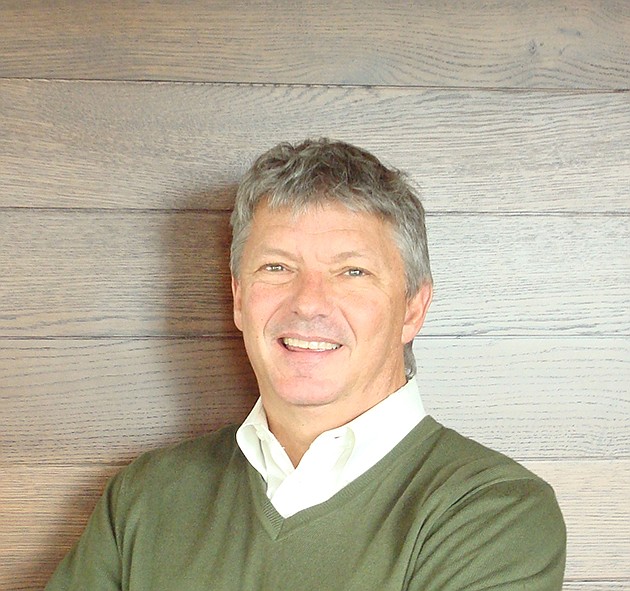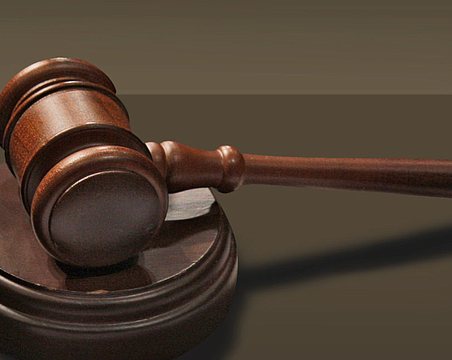RANDY MORTON
Principal
HKS Architects
New York
Randy Morton is an HKS Architects' partner and the urban design specialist in the design practice's New York City office. Morton has worked with HKS since 2008, but has been involved with urban design and redevelopment projects for three decades. The city of St. Petersburg hired HKS to formulate possible redevelopment plans for the 85-acre site that includes Tropicana Field, amid talks to persuade the Tampa Bay Rays Major League Baseball team to remain in St. Petersburg. HKS, which has more than two dozen office worldwide, has conducted similar urban revitalization projects for areas that have included the Miami Heat's basketball arena, the Atlanta Braves' baseball stadium and the National Football League's Minnesota Vikings' football stadium. Morton recently discussed the status of the St. Petersburg project.
Have any significant changes been made to your plan for the Tropicana Field site since your presentation to the city this summer?
We actually just made a subsequent presentation to the city about a month ago, it was either late September of maybe early October. And since then, there have been no substantive changes made. And really, there haven't been any significant changes since we presented in August. I'd say rather some advancements have been made, and things have moved along in the normal course of the process. As you can imagine, we do a lot of drafts for a project like this.
Of the total 85 acres that surround Tropicana Field, how much land likely will be devoted to green space and connectivity in HKS' plan?
Green space and connectivity we consider to be very important parts of the overall. People are always surprised when we say that roughly 40% of the overall site will be dedicated to green space, and that 60% will be set aside for development or redevelopment. They're always surprised by that percentage, but that's how you introduce value to the property.
In all, 9 million square feet of commercial space was initially envisioned for the overall site. Has that been altered as the plan has been refined?
That is still the envisioned figure, to have 9 million square feet in mixed-use developments overall, in all sorts of buildings — residential buildings to commercial office buildings to destination retail to a research and tech campus to a new ballpark. And for a sense of scale, remember the ballpark itself would be 500,000 square feet of the overall 9 million-square-foot figure.
Will an “open-air” stadium be an anchor of the plan?
I think that's generally been misunderstood. While there has always been a baseball stadium that's been envisioned to anchor the overall site, there was never an “open-air” stadium that was considered. It would be a mischaracterization to call it “open air.” The Rays are not moving in that direction. And remember, we're not designing the Rays' ballpark. The Rays are not our client, the city is. We are meeting with them, and we're following their parameters, but our plan is for the city itself.
Expanded transportation and transit access were centerpiece goals that the city outlined. How would that be achieved in HKS' plan?
Transportation is a critically important ingredient ... and we recognize that that has to be done with cooperation between agencies for it to be successful. It really has to be coordinated beyond the 85-acre parcel, on a regional scale, because it will change the way people move and destinations that will be developed in the future will have to be considered. To do that, we realize that bus routes, shuttles, vehicular traffic, bicycle routes and alike will all intersect and have to coexist, but we also know that any transportation plans will have to be put in place for well beyond the site itself.
What's the next step for HKS regarding the site?
We're thinking of this process as having three major steps. The first step, to develop a concept plan, we just finished. The next step will be to take that concept plan to the next level of detail, to develop design guidelines. Those guidelines will outline the development of each parcel, and those parcels will include new streets and parks as well as new buildings. The final step in the plan will be for those design guidelines to be adopted into city zoning; that's how you make an implementable plan. One variable is the decision-making process of the Rays, because obviously they are such an important component to the overall. And their timeline is their timeline. I don't even know it. Obviously, too, there's one tree of decisions that will have to be made if they decide to stay, which we all hope, and another tree if they decide to leave. Each of those will affect the guidelines and future rezonings on the site.






